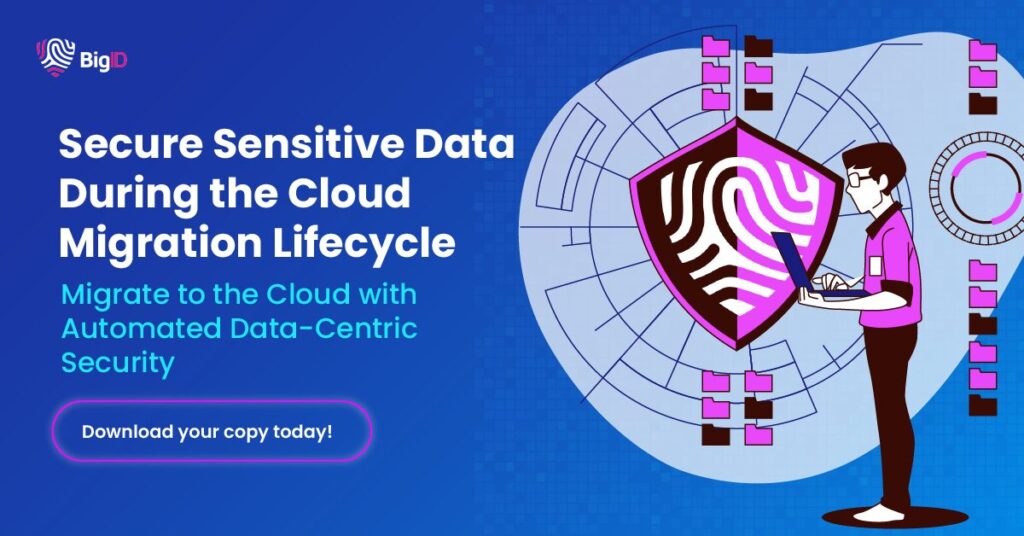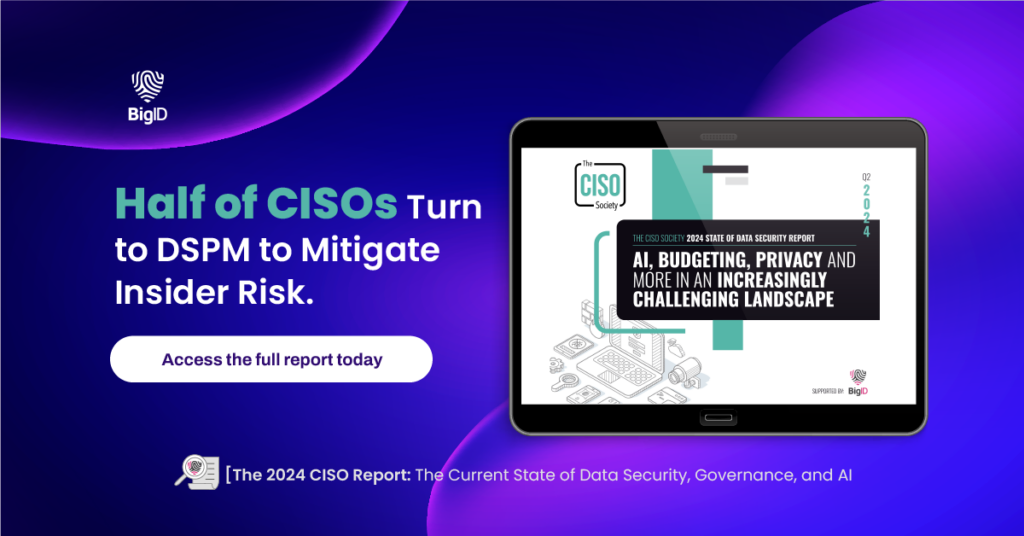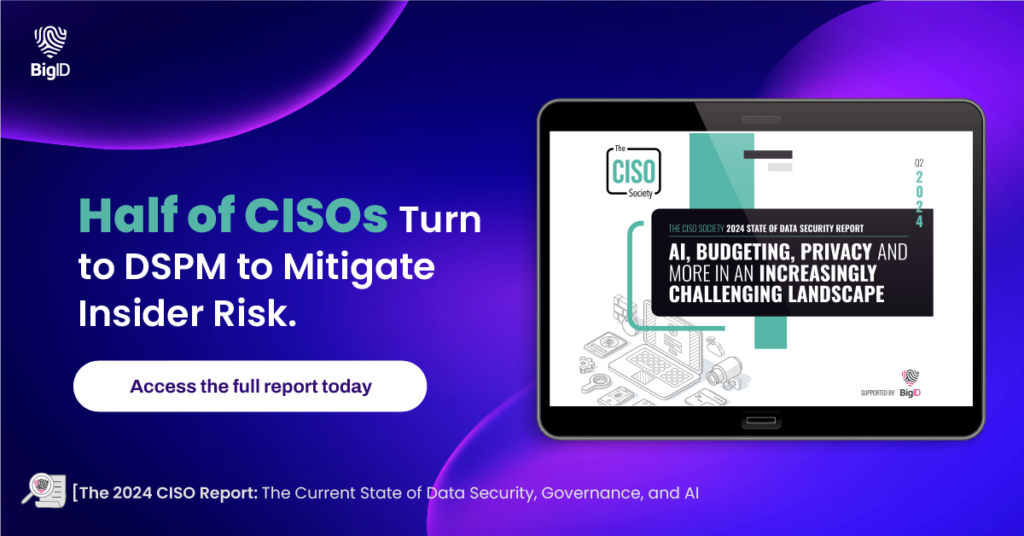In the ever-evolving data security landscape, understanding the concerns of CISOs is crucial. heir role, now more intricate and vital than ever, is pivotal to safeguarding sensitive data. As data proliferates across hybrid cloud environments and AI/ML systems, protecting sensitive data assets is a massive undertaking. Our recent research study, “2024 CISO Report: The Current State of Data Security, Governance, and AI,” highlights three key areas that are top of mind for CISOs: managing cloud data, gaining visibility in hybrid environments, and ensuring transparency in AI models.
Securing Cloud Data is the #1 Risk Priority for CISOs
For 75% of CISOs surveyed, gaining control over their cloud data footprint has become the top priority for managing risk. The rise of cloud computing and SaaS applications has led to sensitive data being scattered across a widening surface area. This dispersed data landscape makes it extremely difficult to maintain a comprehensive view of where sensitive data resides.
Without clear visibility, risks multiply – from insider threats and external breaches to compliance violations and oversharing with third parties. CISOs understand that they can’t secure what they can’t As AI and machine learning become more widespread in the enterprise, security teams need to monitor these opaque systems. Getting a handle on their cloud data sprawl through advanced data mapping and controls is critical for mitigating risk.

Lack of AI Model Visibility Raises Manipulation Concerns
An eye-opening 81% of CISOs expressed high concerns around sensitive data being inadvertently leaked into AI training sets. Such exposures could enable adversaries to manipulate AI models to behave maliciously or reach controversial conclusions. However, less than 5% of those surveyed have visibility into the data ingested by their organizations’ AI models during training.
As the use of AI and machine learning becomes more prevalent across the enterprise, security teams must oversee these black box systems. Understanding precisely what data feeds into AI can help mitigate risks ranging from bias and privacy violations to intellectual property theft and disinformation campaigns.
Tracing Compromised Data Access Remains Challenging
When faced with a data breach, CISOs know they need to quickly trace and contain the blast radius. However, 71% cited limited visibility as a major obstacle to understanding precisely what data was accessed or exfiltrated after being compromised. This impedes effective incident response.
Modern data intelligence capabilities that automatically map and correlate sensitive data – coupled with detailed data access audit trails – are critical for promptly scoping and remediating breach impacts. The sooner an organization can pinpoint what data was exposed, the sooner they can enact controls to minimize fallout.
These three findings underscore the urgent need for a comprehensive data intelligence solution. With BigID, businesses gain the visibility they need into their data access, even in hybrid environments. BigID empowers CISOs to not only see their data but also understand its context and risk profile, enabling them to make data-driven decisions to prioritize security efforts and ensure compliance.
Want to learn more about the findings from this survey? Download the 2023 State of Data Security & Management Report here.



